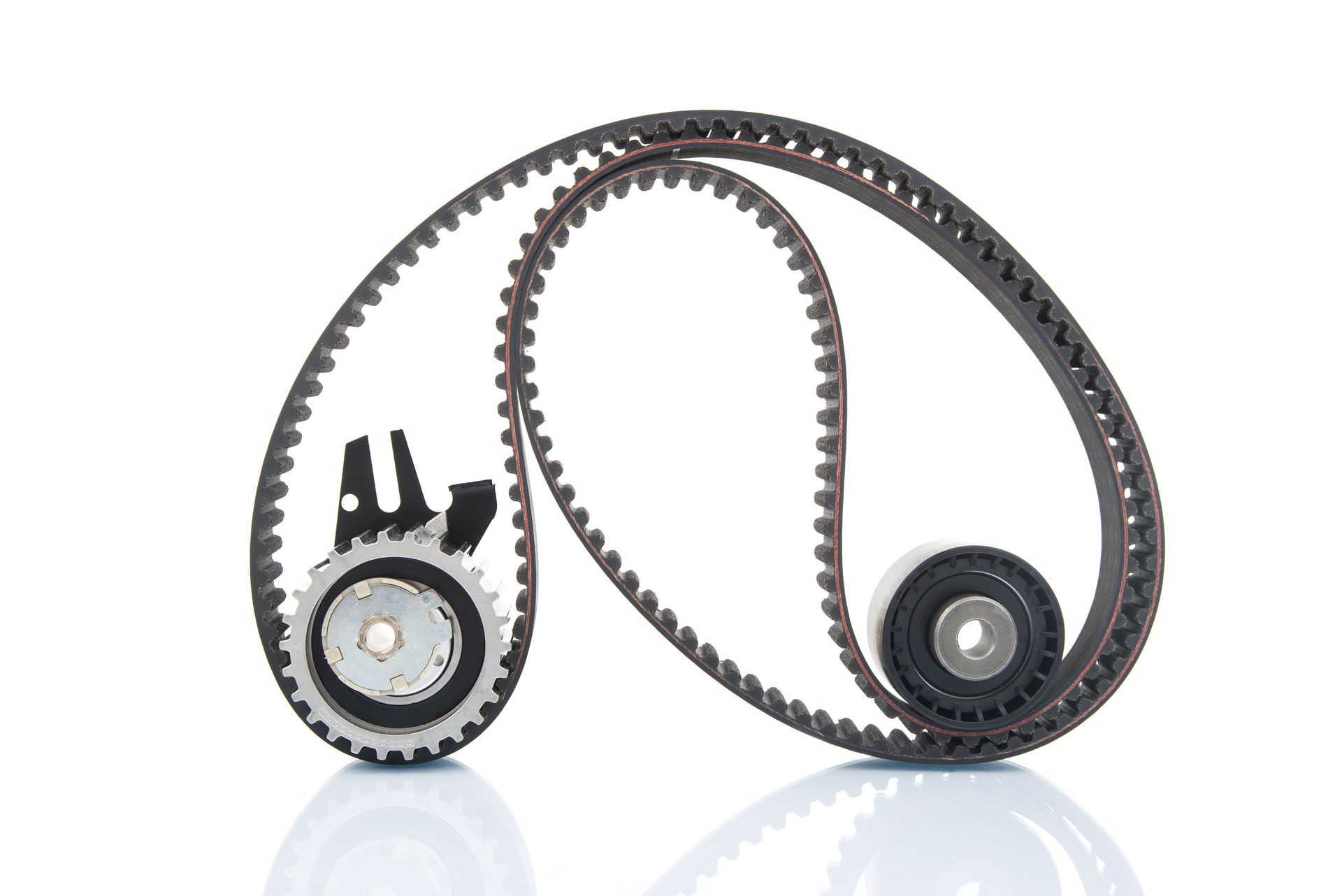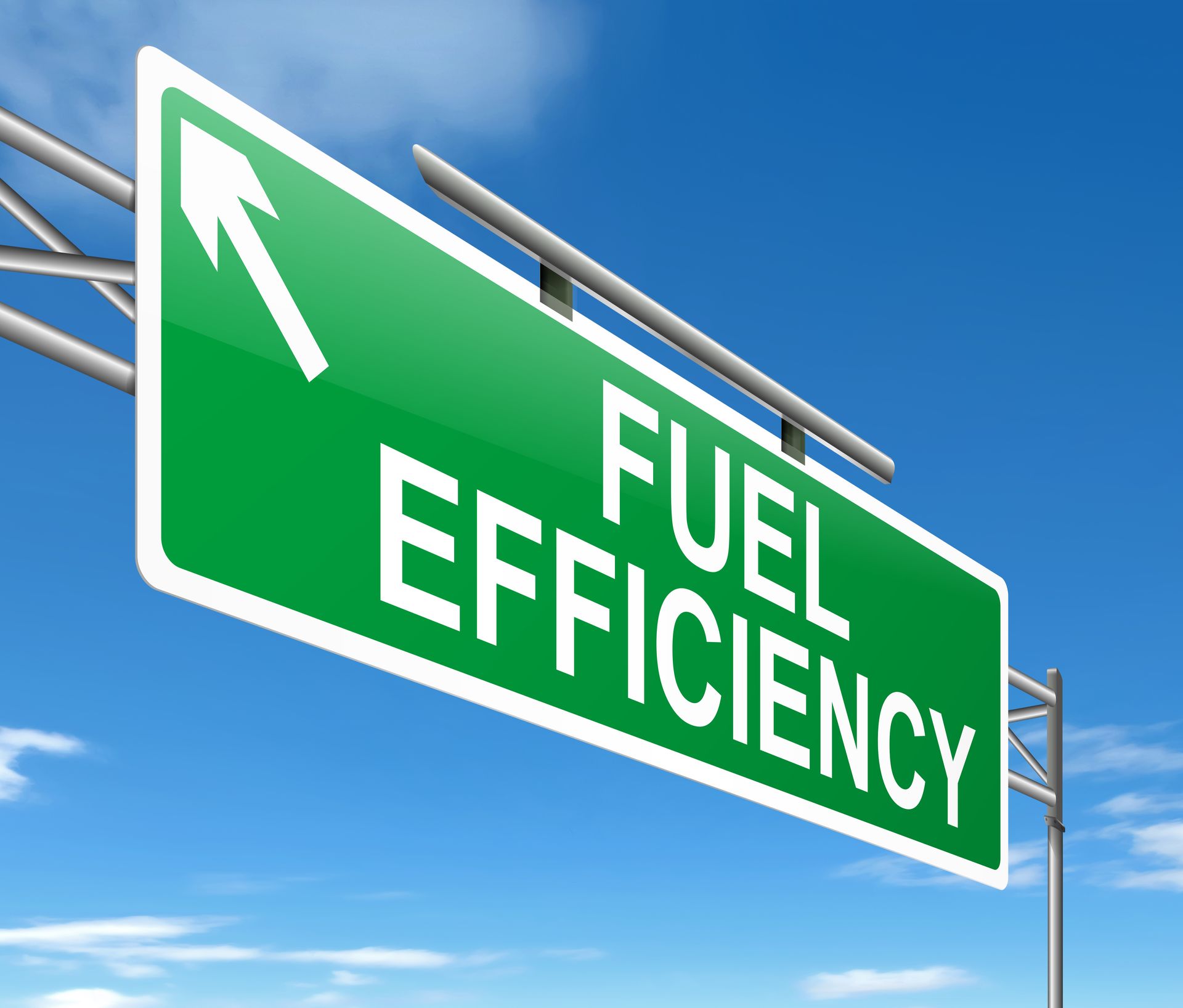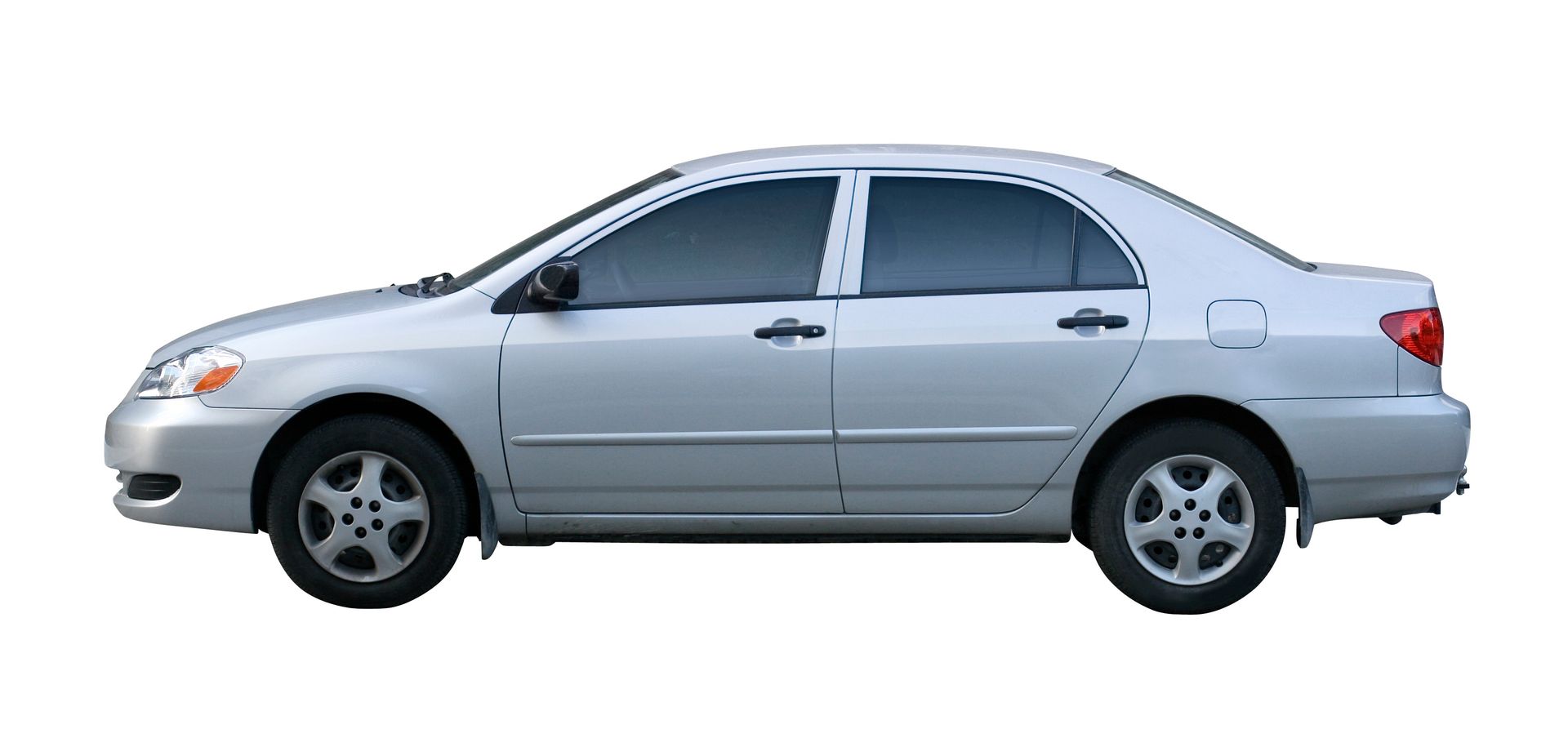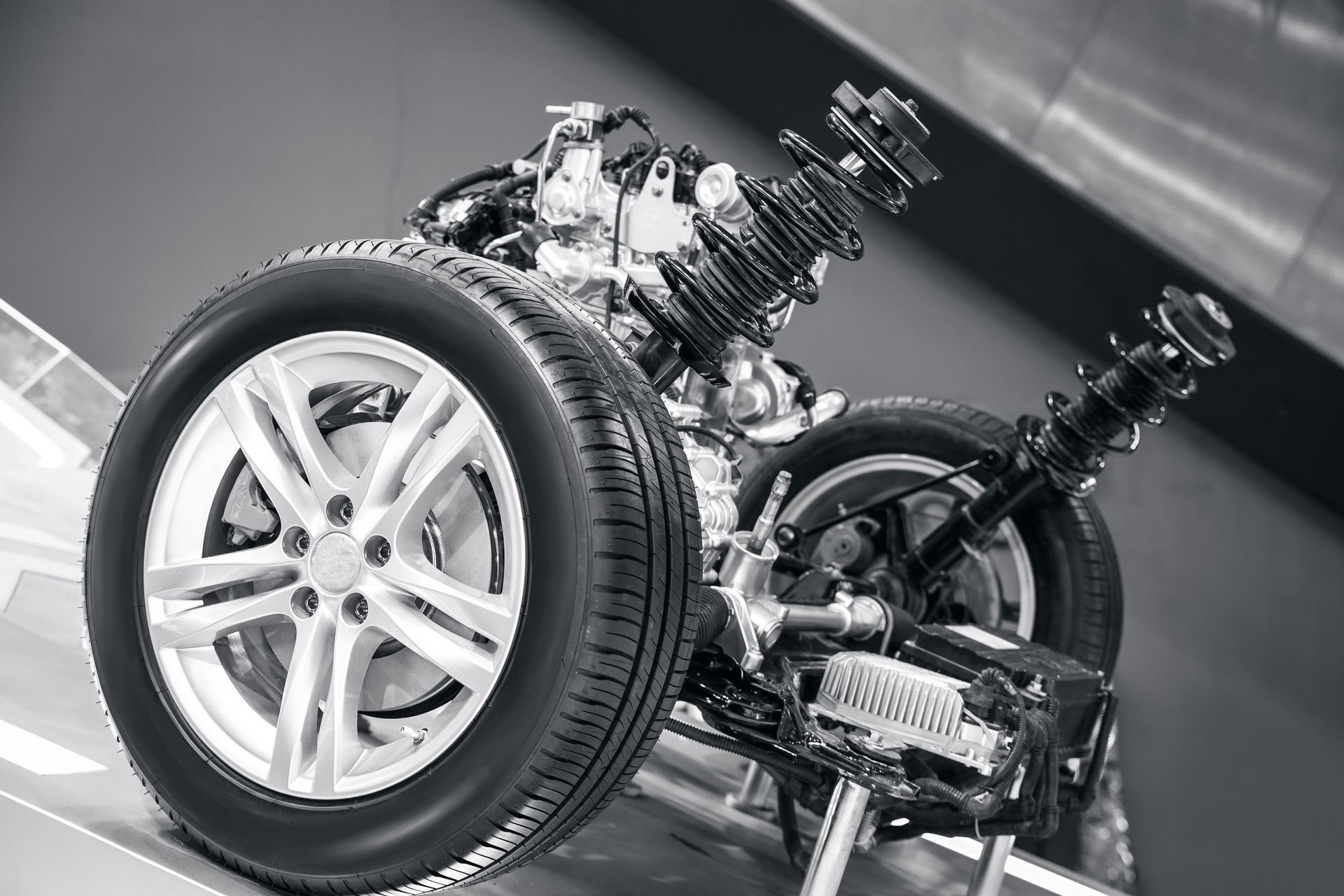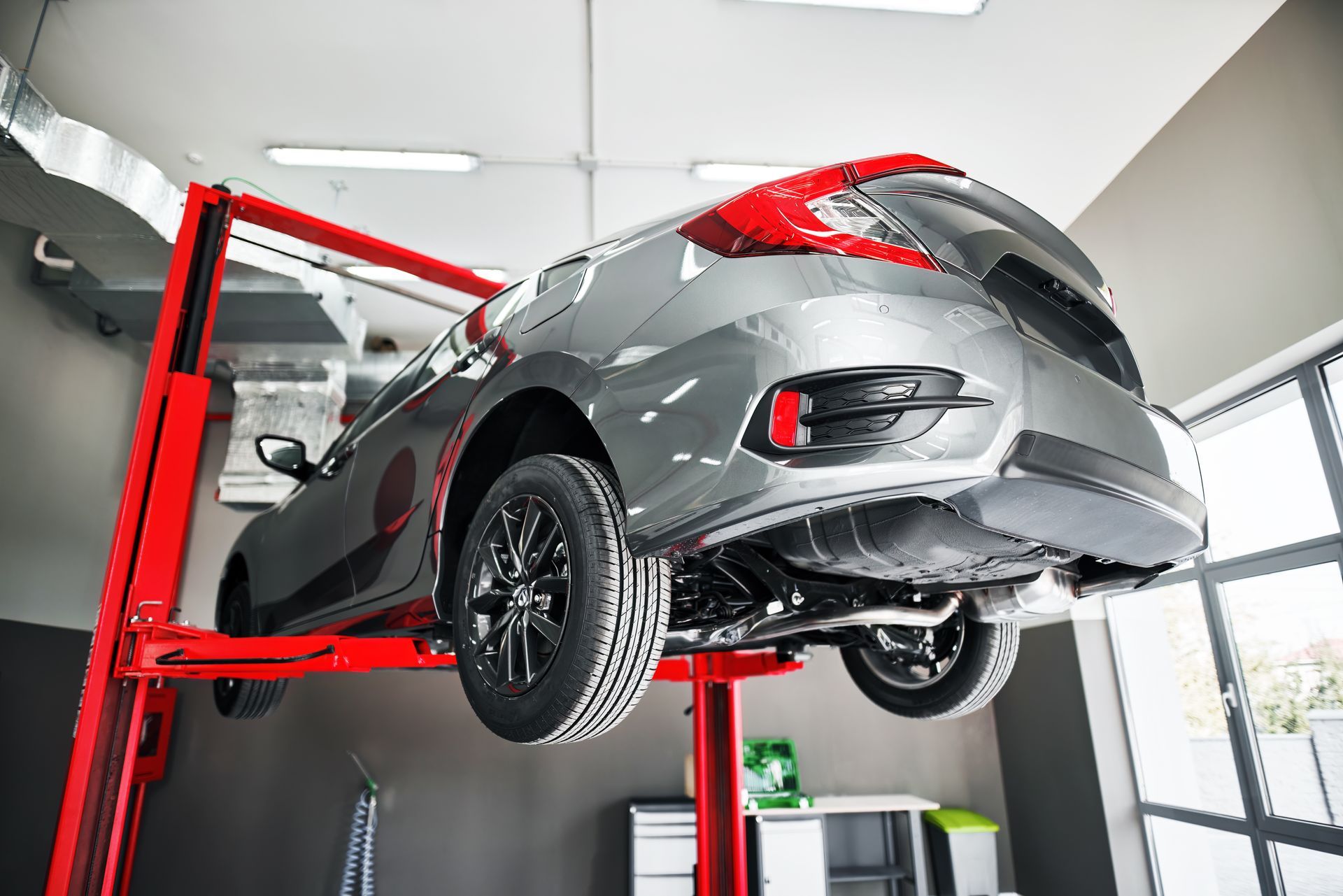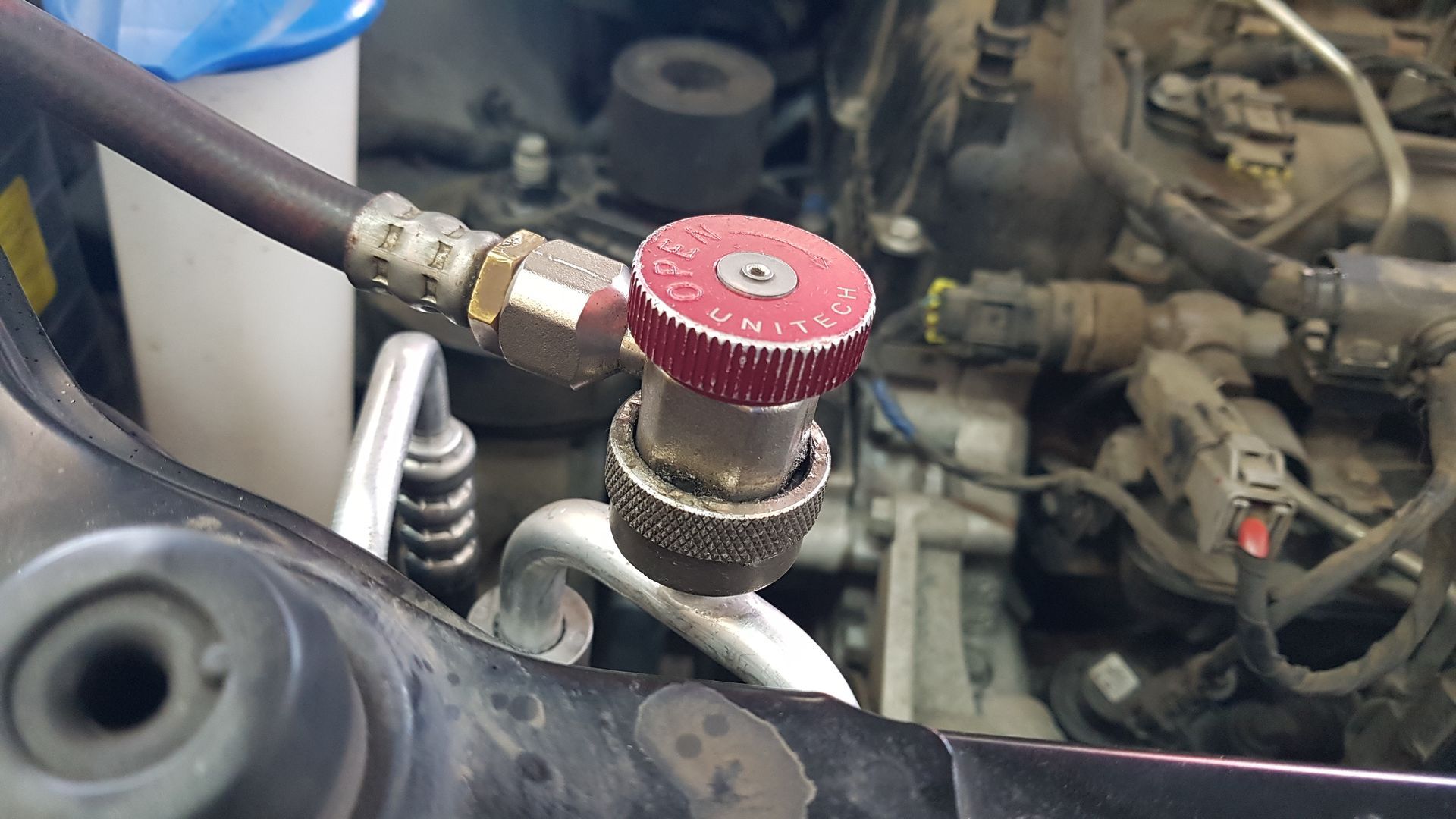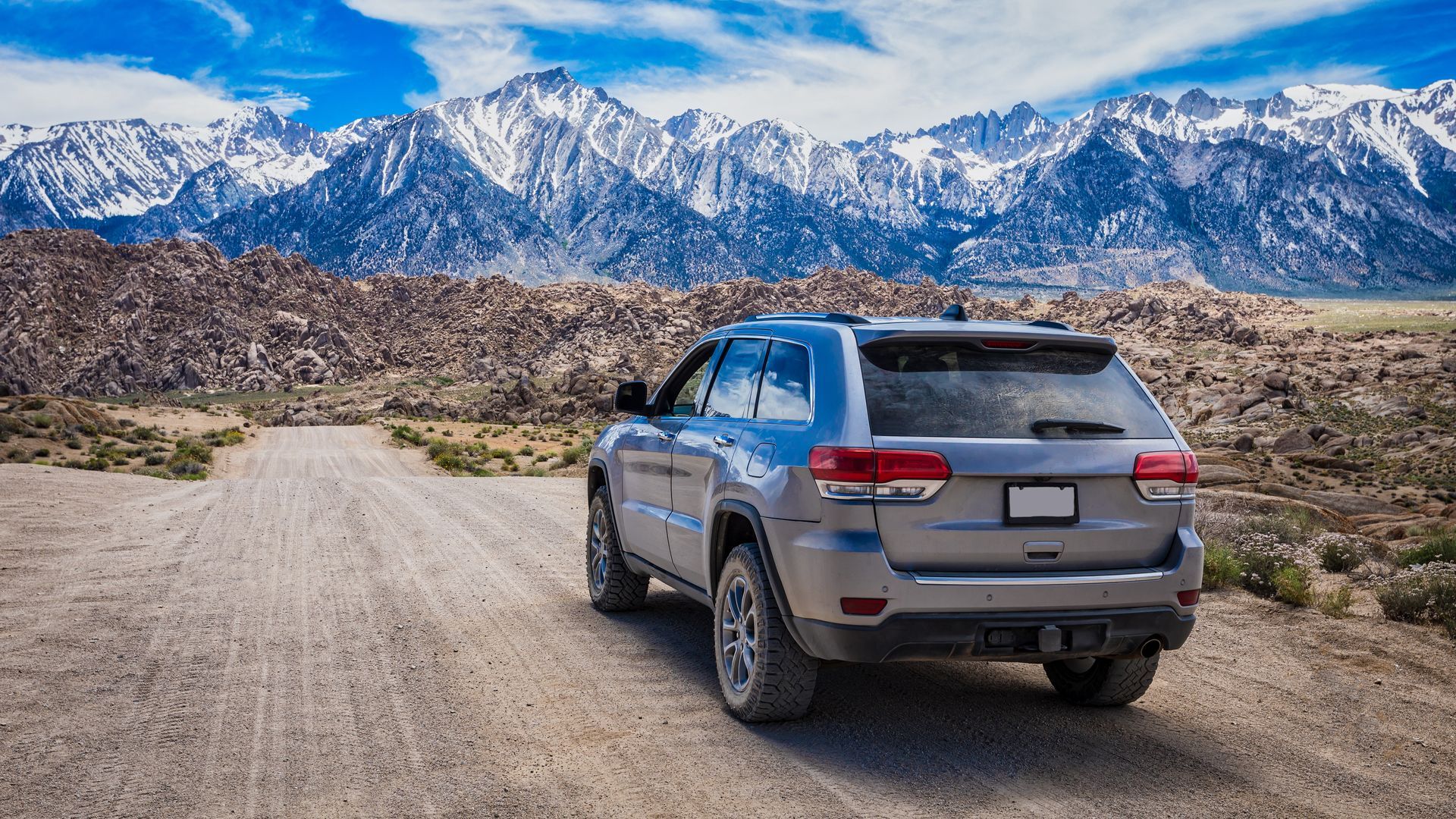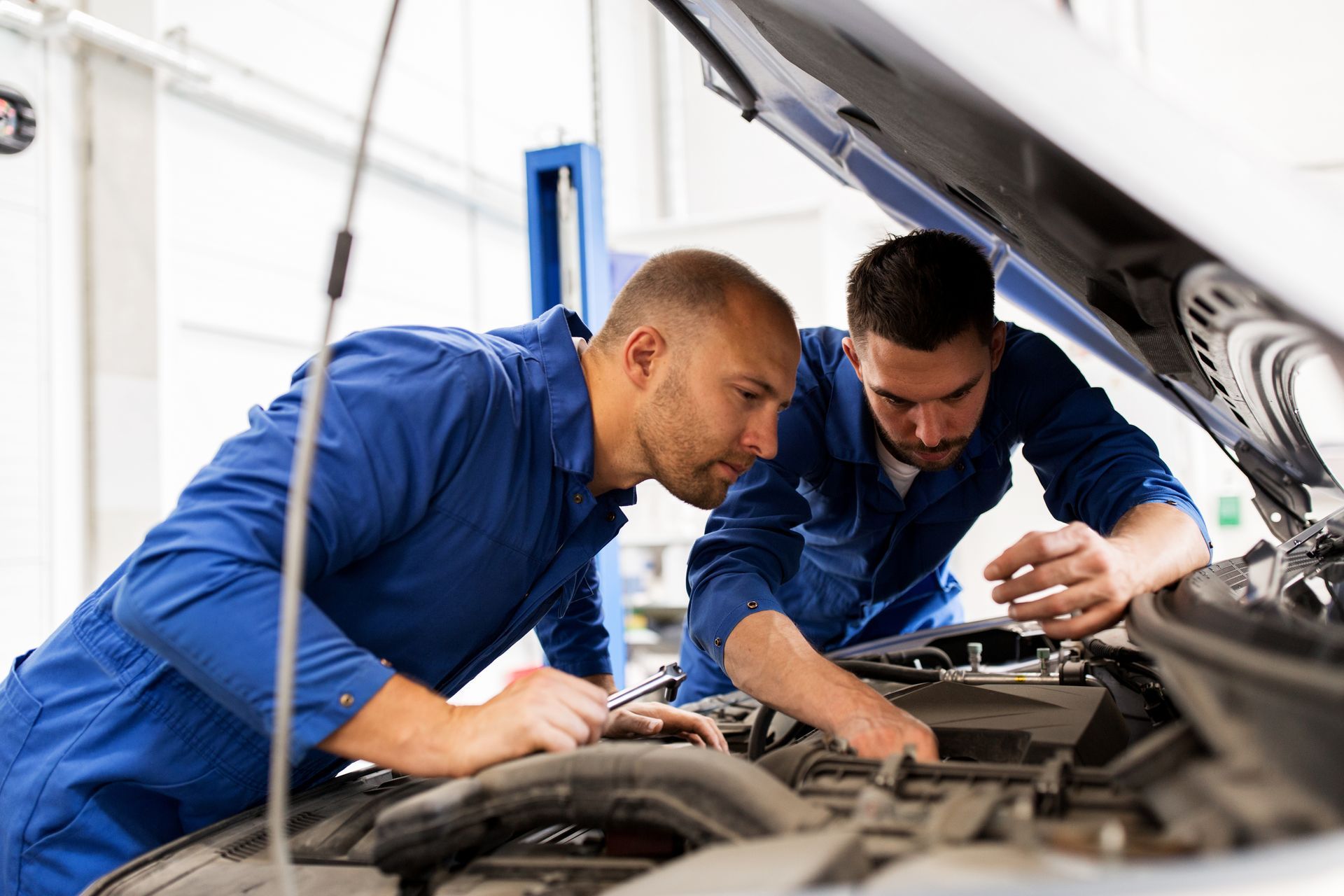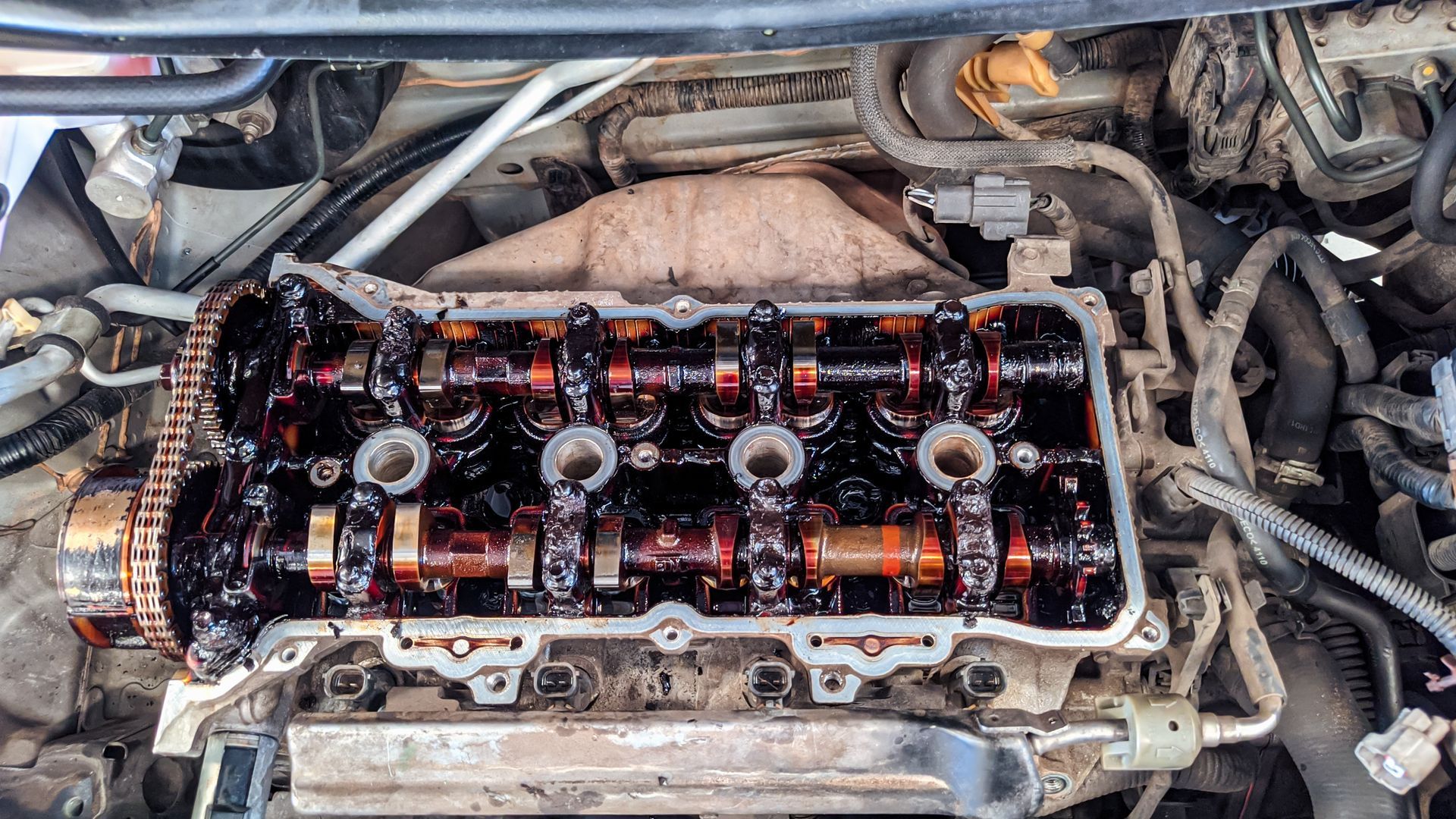Road trips offer a fantastic way to explore new destinations and make memories with friends and family. But before you hit the road, it’s important to ensure your car is in top shape for the journey ahead. The last thing you want is for car trouble to spoil your adventure. Whether you're driving across the country or just a few hours away, preparing your vehicle properly is key to a smooth and enjoyable trip. Here’s everything you need to know to get your car ready for the road.
Check the Engine Oil and Fluids
One of the most critical steps in preparing your car for a road trip is checking your engine oil and other vital fluids. Without proper oil levels, your engine can overheat or suffer from excessive wear and tear. Make sure to check the oil level and, if necessary, top it off or get it changed before the trip.
In addition to engine oil, inspect your car’s transmission fluid, coolant, brake fluid, and windshield washer fluid. Each of these plays an essential role in the overall performance and safety of your vehicle. Neglecting these fluids could lead to significant problems, so it’s better to take care of them now rather than risk a breakdown on the road.
Inspect Your Tires
Your car’s tires are the only point of contact between the vehicle and the road, so ensuring they are in good condition is crucial. Start by checking the tire pressure. Under-inflated tires can reduce fuel efficiency and increase the likelihood of a blowout, while over-inflated tires can affect handling. Refer to your vehicle’s manual or the sticker on the inside of the driver’s door for the recommended tire pressure.
Next, check the tire tread depth. Tires with worn-out treads can be dangerous, especially if you’re driving through rain or snow. You can easily check the tread by placing a penny into the groove with Lincoln’s head upside down—if you can still see the top of his head, it’s time to replace the tires. Lastly, don’t forget to check your spare tire and make sure you have the tools needed to change a tire in case of an emergency.
Test Your Brakes
Safe stopping is just as important as smooth driving, so it's vital to ensure your brakes are working properly. If you’ve noticed any squeaking, grinding, or vibrations when you apply the brakes, it could be a sign that your brake pads or rotors need attention. Even if you haven’t noticed any issues, it’s still a good idea to have a professional inspect your brakes before embarking on a long trip.
Healthy brakes not only prevent accidents but also contribute to a more comfortable driving experience. A quick check can give you peace of mind, knowing you’ll be able to stop safely if needed.
Inspect the Battery and Electrical System
Your car’s battery powers everything from the headlights to the air conditioning, and it’s essential to make sure it’s fully charged before setting out on your trip. The last thing you want is a dead battery, especially in a remote area. Check the battery terminals for any corrosion and ensure the connections are secure.
If your battery is more than three years old or you’ve been experiencing dim headlights or slow engine starts, it might be time to replace it. Also, test all the lights—headlights, taillights, brake lights, and turn signals—to ensure they’re functioning correctly. You’ll want to see clearly and be seen by others on the road, especially during nighttime driving.
Pack an Emergency Kit
Even with the best preparation, things can go wrong. That’s why it’s essential to pack a well-stocked emergency kit for your road trip. Your kit should include basic tools like a jack, tire iron, and jumper cables, as well as a flashlight, batteries, and a first-aid kit. It’s also wise to carry extra water, non-perishable snacks, a blanket, and some basic medical supplies in case of an emergency.
Consider adding a portable phone charger, as you’ll want to keep your phone powered in case you need to call for help. A roadside assistance membership can also be a lifesaver if you find yourself stranded with car trouble.
Plan Your Route and Take Breaks
While this tip isn’t strictly about your car’s maintenance, it’s important for a successful road trip. Before you leave, plan your route, accounting for fuel stops, rest areas, and any places of interest you want to visit along the way. Knowing your route can help you avoid getting lost or running out of fuel in an unfamiliar area.
Plan to take regular breaks. Driving for long stretches without a rest can lead to fatigue, which increases the risk of accidents. Pull over every couple of hours to stretch, hydrate, and give both you and your car a break.
Is your car ready for the road? Make sure everything is in perfect condition before your trip! Visit
Steveo’s Garage for a comprehensive inspection and maintenance service to ensure your vehicle is safe and road-trip-ready. Schedule your appointment today!
